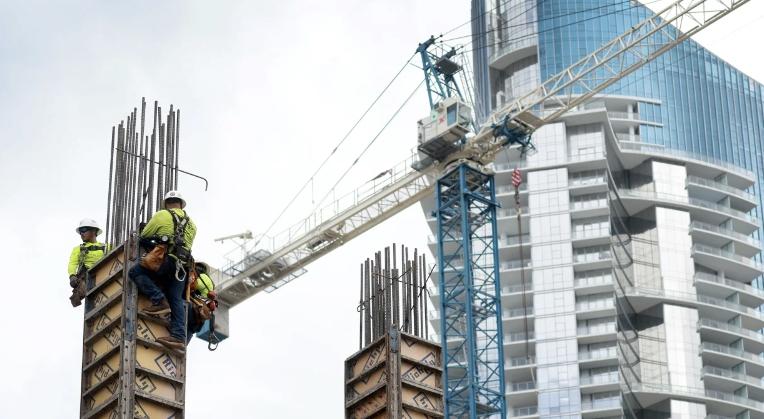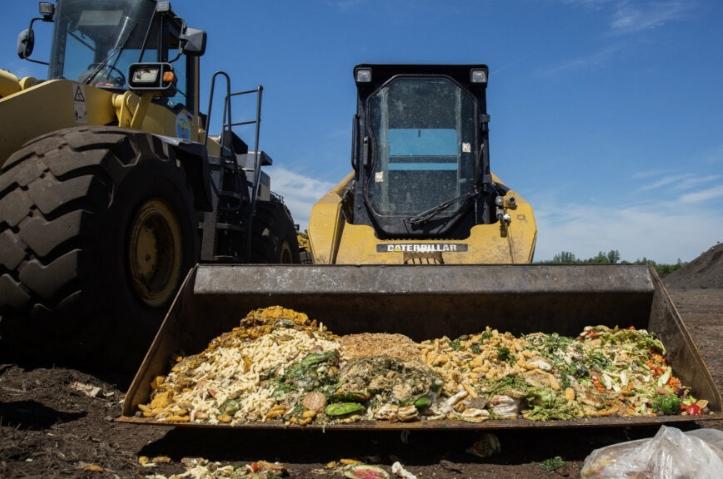While American paychecks are getting fatter, the wealth gap is drawing sharper lines across the socio-economic landscape. Despite robust labor market conditions lifting wages, this rising tide isn’t lifting all boats equally. The Employment Cost Index’s latest reveal suggests U.S. worker compensation is climbing, yet the disparity in wealth accumulation remains stark. As average household net worth hits the million-dollar mark, the median remains a distant echo, underscoring a divide that speaks to an unequal growth trajectory.
The figures are more jarring within income stratifications; top earners have seen a 22% boost in wealth since 2019, while the middle bracket reports a modest 5% rise. The Federal Reserve flags this as a significant spike in income inequality, one of the largest observed in the survey’s history. These dynamics may underpin the ebbing confidence among U.S. consumers, with the Consumer Confidence Index noting a consecutive three-month drop.
Inflation Erodes Consumer Sentiment Despite Income Rises
Even as wallets thicken, the cost of living climbs, souring the national economic sentiment. High inflation rates, particularly in essentials like groceries and gas, gnaw at the benefits of wage increases. This pain is not felt uniformly:
- lower-income households report the steepest plunge in economic confidence,
- the upper-income echelons actually report a rebound.
Such contrasts lay bare the reality that for many Americans, more money doesn’t necessarily mean better times, as the essentials still take a bigger bite out of the budget.
A Silver Lining: The Democratization of Wall Street
In an encouraging trend, retail investment is democratizing. Record numbers of young Americans, as well as Black and Hispanic communities, are tapping into the stock market, no longer the exclusive playground of the affluent. This shift suggests that the fortunes of Wall Street are increasingly intertwined with Main Street, impacting a broader swath of the population.
Yet, with recent downturns in major indexes, the benefits of this wider stock market engagement may be dampened, highlighting the volatile nature of investments as a buffer against inequality.
Anticipating the Federal Reserve’s Next Move
While the Halloween spirits were high, Federal Reserve officials huddled in less festive spirits, deliberating over the economy’s trajectory and the impending interest rate decision. With a strong GDP growth report in hand, one might expect a celebratory stance, but economists caution against premature elation. Today’s expected steadying of interest rates reflects a nuanced understanding that what’s good for today’s economy might not spell a sustainable tomorrow, leaving the Fed to navigate a course that avoids future economic headaches.



